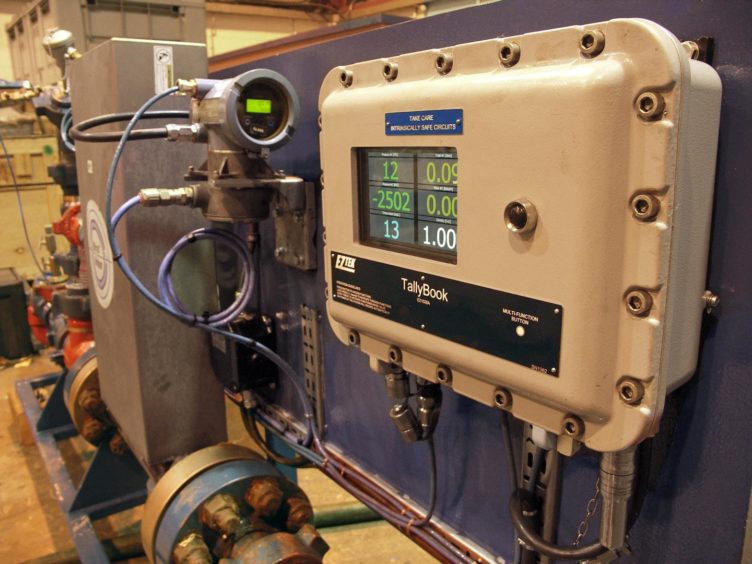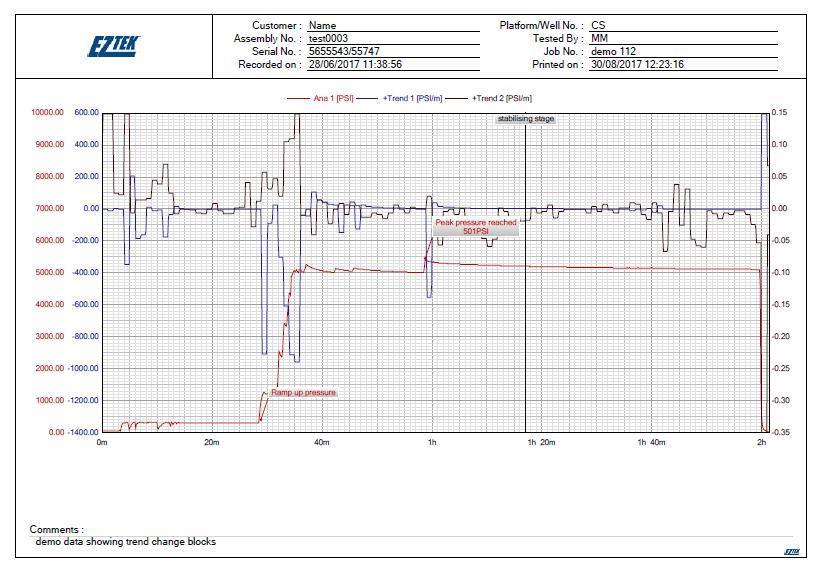
Through all of my years working in oil and gas I have seen amazing innovation and bold action. It is clear that the boldest companies are willing to look outside the bounds of traditional methods and invest in tools that are more fit for purpose.
The perceived risks of such operational changes are often not as great as companies believe. For example, companies such as Eztek have been providing reliable digital alternatives to paper chart recorders for years, with a proven track record of improving operations and reducing costs.
Several years ago, while working for a service company, I was involved in handling a new contract for a very demanding client who asked us to make three key improvements. We were instructed to improve safety, decrease manual handling and improve reporting and transparency of operations.
There was some hesitation from operations management due to the cost involved in meeting all of the above targets. However, as is often the case, a relatively small investment would lead to better outcomes and an overall reduction in costs.
Improving reporting and transparency proved to be the most difficult as this involved a broader change in our approach to data collection. For some companies this is a scary step and there can also be push-back from employees who are used to approaching their work in a particular way.
In this instance, to improve reporting and transparency we would have to move away from traditional hand-written reports and paper chart recorders.
In some previous operations, hand-written reports could be produced before the job had even started. Generating traditional paper charts resulted in wasted resources and time due to the mechanical nature of the paper chart recording machines. It was easy to make mistakes when setting up the recorder and the resulting reports were often poor quality and difficult to read. Even when a final chart was produced, they had a habit of going missing whenever the testing was called into question.
We looked into several options with the following criteria in mind:
• Any new product had to be easy to use with no or minimal training required. We didn’t want a complicated system that required extra people to be sent offshore.
• The data logger needed to be Zone 1 rated but also small and compact.
• The logger had to reliably produce accurate data.
• The new data collecting method had to include a high level of traceability.
We finally decided to use Eztek’s Zone 1 TallyBook data loggers to report 6 channels, including 2x pressure, 1x SG, 1x flow, 1x temp and 1x total flow.
Representatives from Eztek demonstrated the loggers to us before purchase and we were impressed by the ease of operation. We also knew that Eztek had provided similar units to other companies and had a long and positive track record of providing reliable products to the oil and gas industry.
As soon as the units were deployed it became apparent that previous reporting had often been inaccurate. As the new data was gathered we were able to address and resolve previously unnoticed issues. The loggers also held a historical record of test data. After a period of time we were able to look back at the data we had on certain operations and make decisions that previously would have been guess work.
An added benefit to the TallyBook was that the process to generate reports using Eztek’s software was easy and produced excellent, client-ready charts. We were also able to share the reports via email without the hassle of scanning them in, which saved a lot of time.
With all of the above benefits, the operation soon became much more efficient and cost effective. A small investment in improved data collection led to huge dividends for us and our client. Following this success, we continued to use TallyBook loggers over many years and formed a long-term relationship with Eztek. We began to use several other Eztek products, such as their Safeye camera systems and their EziPod loggers.
I was lucky to work for a company that was willing to look outside of traditional methods and was bold enough to make the decision to go digital. Even those who were initially reluctant agreed that using the TallyBook was a vast improvement.
I was also fortunate to find a company like Eztek that builds its systems based on client needs. From the beginning they worked with the company to supply solutions, not just products.
Recommended for you

 © Supplied by Eztek
© Supplied by Eztek